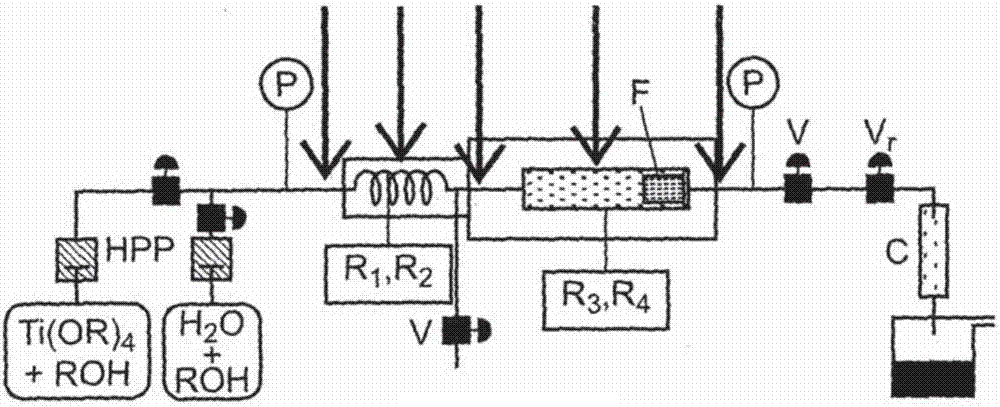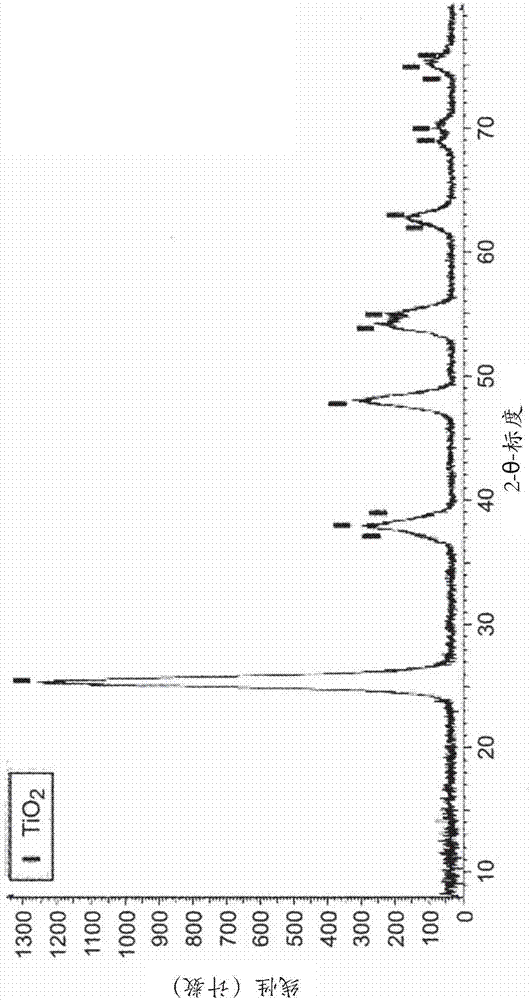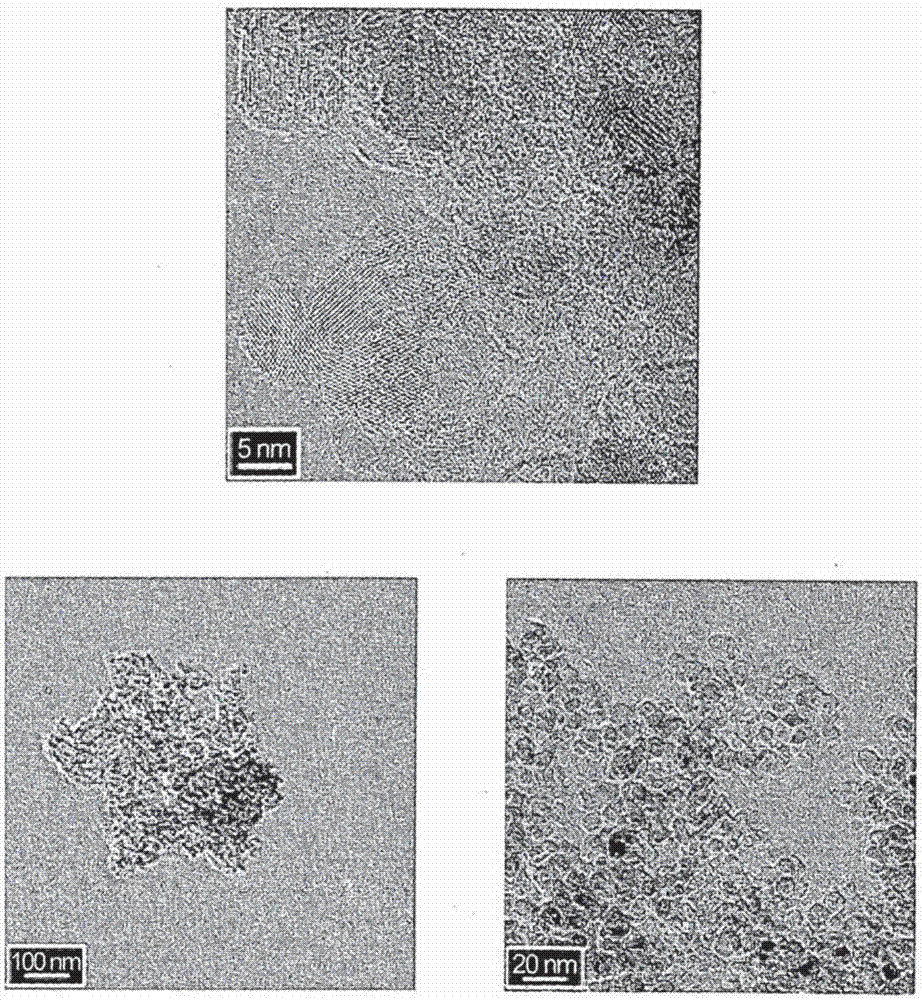A continuous flow process for manufacturing surface modified metal oxide nanoparticles by supercritical solvothermal synthesis
A nanoparticle, surface modification technology, applied in the process of supercritical conditions, chemical instruments and methods, titanium oxide / hydroxide, etc., can solve the problem of not allowing to control the size distribution of nanoparticles or control the function of nanoparticles the way of transformation, etc.
- Summary
- Abstract
- Description
- Claims
- Application Information
AI Technical Summary
Problems solved by technology
Method used
Image
Examples
example 1
[0117] Example 1: TiO 2 Functionalization of nanoparticles
[0118] figure 1 A schematic of the continuous flow reactor system is shown.
[0119] ROH = ethanol
[0120] HPP = high pressure pump
[0121] P = pressure gauge
[0122] V = valve
[0123] Vr = regulating valve, also known as back pressure regulator
[0124] F = filter
[0125] C = condenser
[0126]The system comprises four modules R1 to R4 connected in series. R1 and R2 are the hydrolysis modules used to perform this hydrothermal synthesis under subcritical conditions. R3 and R4 are supercritical modules for performing this hydrothermal synthesis under supercritical conditions.
[0127] The injection point of the surface modifier is positioned before reactor R1, between the different modules (R1-R2, R2-R3, R3-R4) and after reactor R4.
[0128] TiO was carried out in a mixture of water and ethanol (water / ethanol molar ratio = 0.8) under the following conditions 2 Supercritical Hydrothermal Synthesis o...
example 2
[0163] Example 2: ZrO 2 Functionalization of nanoparticles
[0164] Use the same system as the system used in Example 1, prepare ZrO with the same operating conditions 2 Microcrystalline.
[0165] Reactant:
[0166] -Zr precursor: zirconium acetylacetonate, zirconium acetate, zirconium propoxide or zirconium isopropoxide.
[0167] - Surface modifiers: caproic acid, octylphosphonic acid, phenylphosphonic acid, phosphorous acid or SIK7709-10 (12-dodecylphosphonic acid) triethylammonium bromide).
[0168] - Solvents: water and ethanol or isopropanol.
[0169] In each case, the amount of injected surface modifier was adjusted to have an acid molecule / zirconia molar ratio of 0.16, which corresponds to the TiO 2 Ti / ha or Ti / P of 6 in the example.
[0170] After this synthesis, the ZrO 2 Nanoparticles (naked or functionalized) were recovered as solutions in water and ethanol or isopropanol. They were centrifuged and washed 5 times with ethanol to remove unreacted surface mo...
PUM
| Property | Measurement | Unit |
|---|---|---|
| diameter | aaaaa | aaaaa |
| length | aaaaa | aaaaa |
| size | aaaaa | aaaaa |
Abstract
Description
Claims
Application Information
 Login to View More
Login to View More - R&D
- Intellectual Property
- Life Sciences
- Materials
- Tech Scout
- Unparalleled Data Quality
- Higher Quality Content
- 60% Fewer Hallucinations
Browse by: Latest US Patents, China's latest patents, Technical Efficacy Thesaurus, Application Domain, Technology Topic, Popular Technical Reports.
© 2025 PatSnap. All rights reserved.Legal|Privacy policy|Modern Slavery Act Transparency Statement|Sitemap|About US| Contact US: help@patsnap.com



